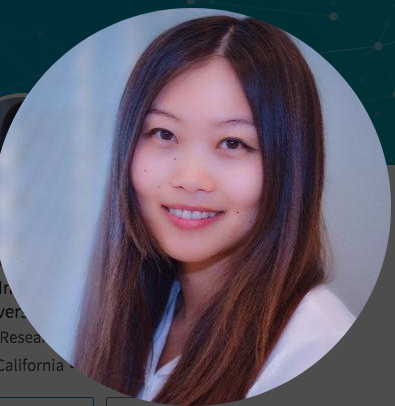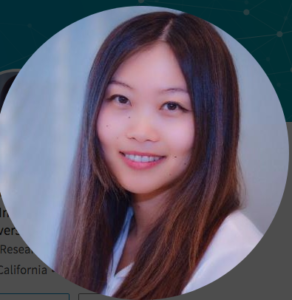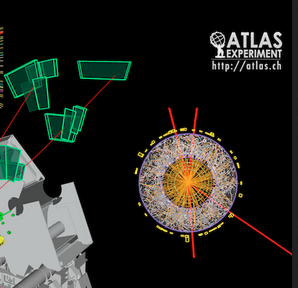 Title: “The Higgs Boson” with Dr. Heather Gray of UC Berkeley
Title: “The Higgs Boson” with Dr. Heather Gray of UC Berkeley
Date, Time, Location: Wednesday, January 9th, 2019; 7:30 – 8:30 pm at Terra Linda HS in San Rafael, Room 207
Description: In 2012, the Higgs boson was discovered at the Large Hadron Collider in Geneva, Switzerland. I will explain what this Higgs boson is and why it is so important that we spent 10 billion dollars to build an enormous collider (and detectors) to find it. I’ll introduce the complex experiments that we use to study the Higgs and explain how we actually go about measuring its properties. I will also review what we currently do and don’t know about the Higgs, while focusing on some of its weird features. We’ll conclude with a short discussion about what the Higgs boson might tell us about the future of the universe.
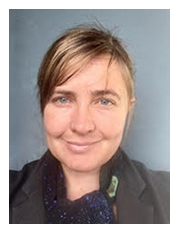
Heather Gray is an Assistant Professor in physics at UC Berkeley/Lawrence Berkeley Lab. She splits her time between Berkeley and Geneva while working on the ATLAS experiment at the Large Hadron Collider. She specializes in the Higgs boson and also works on silicon pixel detectors and algorithms to figure out the paths of particles based on the information they leave in detectors. Heather is originally from Cape Town, South Africa, where she did her undergraduate degree and spent 7 years working for CERN in Switzerland. When not at work, she can usually be found in the mountains or the ocean.
RSVP on Facebook here.
Links:
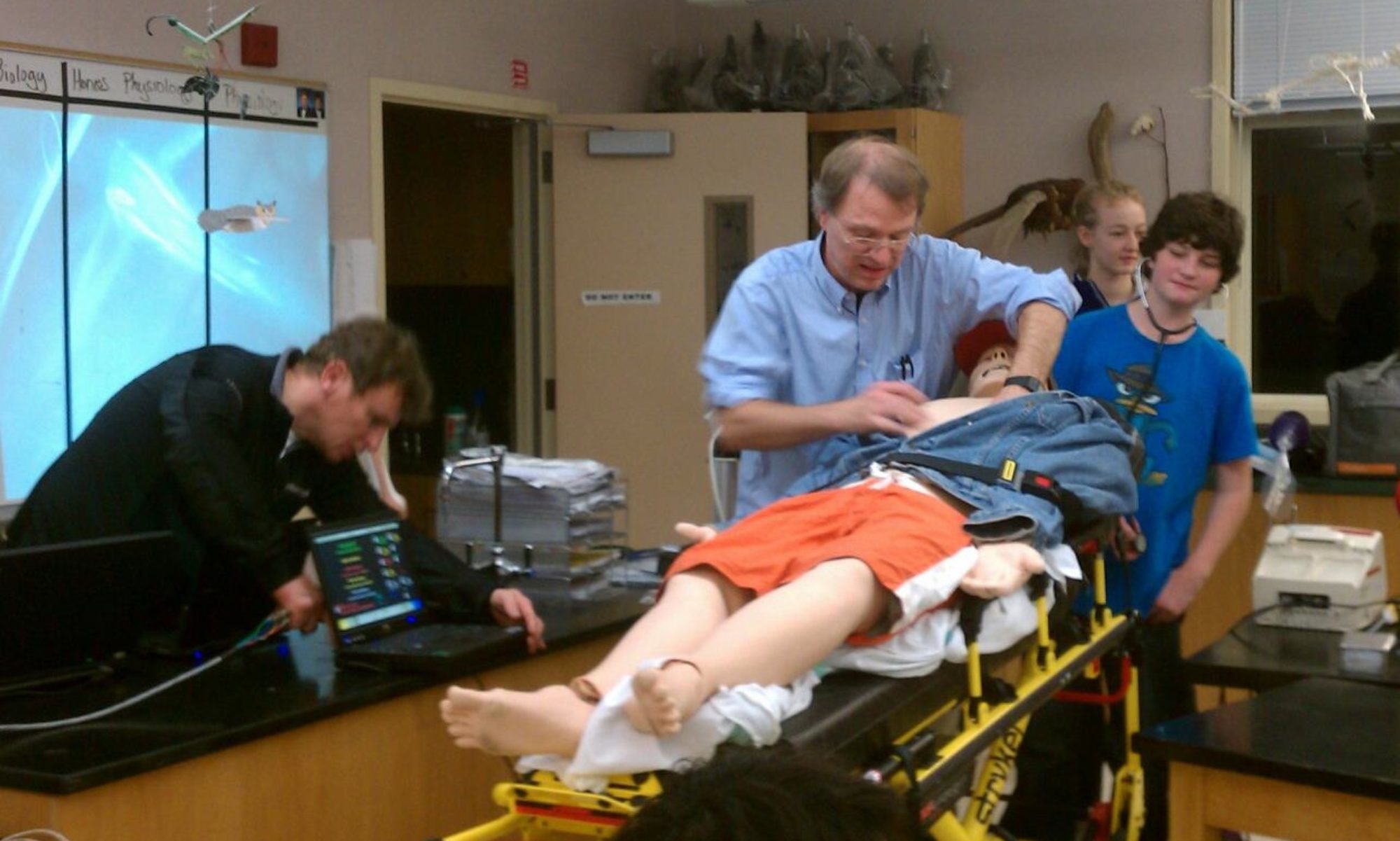

 Title: “The Pharmacy of Genes: Drug Development for Genetic Diseases” with Natalie Ciaccio Ph.D. of Biomarin
Title: “The Pharmacy of Genes: Drug Development for Genetic Diseases” with Natalie Ciaccio Ph.D. of Biomarin

